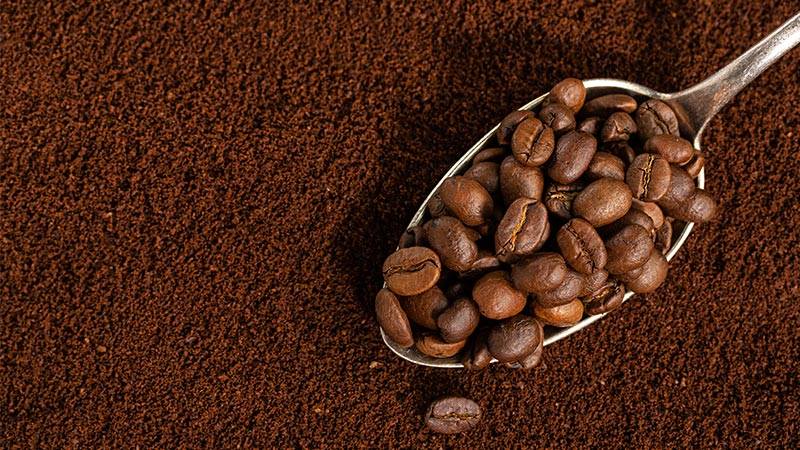In Melbourne, a city renowned for its vibrant café culture and discerning coffee enthusiasts, scientists are brewing up a novel solution to address environmental concerns. The city, which produces approximately 83,000 tons of coffee waste annually, has found an innovative way to repurpose these grounds, turning them into a sustainable building material.
At the Royal Melbourne Institute of Technology (RMIT), researchers are integrating charred used coffee grounds into concrete mixtures. This not only gives the coffee byproducts a new lease on life but also enhances the strength of the concrete by 30%, as per a recent RMIT study in the Journal of Cleaner Production.
This groundbreaking initiative is part of a broader movement among scientists globally to reimagine waste materials. By incorporating recyclables and carbon into building materials, they aim to prevent these elements from contributing to atmospheric pollution. RMIT, for instance, has collaborated with local Australian authorities to develop roads from discarded plastic and has even experimented with rubber tires in concrete. Similarly, institutions worldwide, from the University of Sydney to Washington State University, are embedding everything from ground glass to scrap drywall in their building materials.
Shannon Kilmartin-Lynch, a key member of the RMIT coffee-concrete project and an Aboriginal scientist with a specialization in concrete sustainability, is driven by a desire to protect Australia’s environment. His Indigenous heritage, he notes, has inspired him to leverage his civil engineering expertise for ecological good.
The process RMIT employs involves cooking the coffee grounds at 662 degrees in a low-oxygen environment, a technique known as pyrolysis. This transforms the grounds into biochar, which is then mixed with traditional concrete ingredients, replacing 15% of the sand. The university is gearing up for real-world field trials in the coming months.
Interestingly, the idea to use coffee was sparked by the researchers’ own consumption habits. However, Kilmartin-Lynch emphasizes that the method can be adapted for any organic material. The broader goal is to lock carbon in solid form, preventing it from releasing greenhouse gases. This is particularly crucial given that organic waste, from agricultural residues to household food scraps, emits significant amounts of greenhouse gases when decomposed.
Across two RMIT campuses in Melbourne, the coffee grounds are cooked at 662 degrees with little oxygen, a process called pyrolysis. The resulting substance, called biochar, is combined with concrete’s traditional ingredients: cement, water, gravel and sand, with biochar replacing 15 percent of the sand.
Yet, while the environmental benefits are clear, challenges remain. Kypros Pilakoutas from the University of Sheffield Center for Cement and Concrete, who wasn’t part of the RMIT study, questions the economic viability of scaling such an initiative. He believes that while the concept is technologically fascinating, its large-scale application might be improbable.
However, Ali Abbas, director of the University of Sydney Waste Transformation Research Hub, sees this as part of a global trend of promising concrete research. The real challenge, he suggests, lies in the logistics of scaling and gaining approval from construction safety regulators.
Concrete’s carbon footprint, primarily stemming from cement production, is another pressing concern. According to The Washington Post, cement accounts for a staggering 8% of global emissions, surpassing even the aviation industry. While alternative materials have been explored, they’ve yet to significantly offset the rising emissions.
Historically, the use of organic materials in concrete is not new. China’s Great Wall utilized sticky rice in its mortar, and ancient civilizations from Mesoamerica to the Mediterranean have incorporated materials ranging from volcanic ash to blood.
As Melbourne’s scientists continue their pioneering work, they’re not just adding to this rich history but also paving the way for a more sustainable future.
More inspiring green news similar to this:


